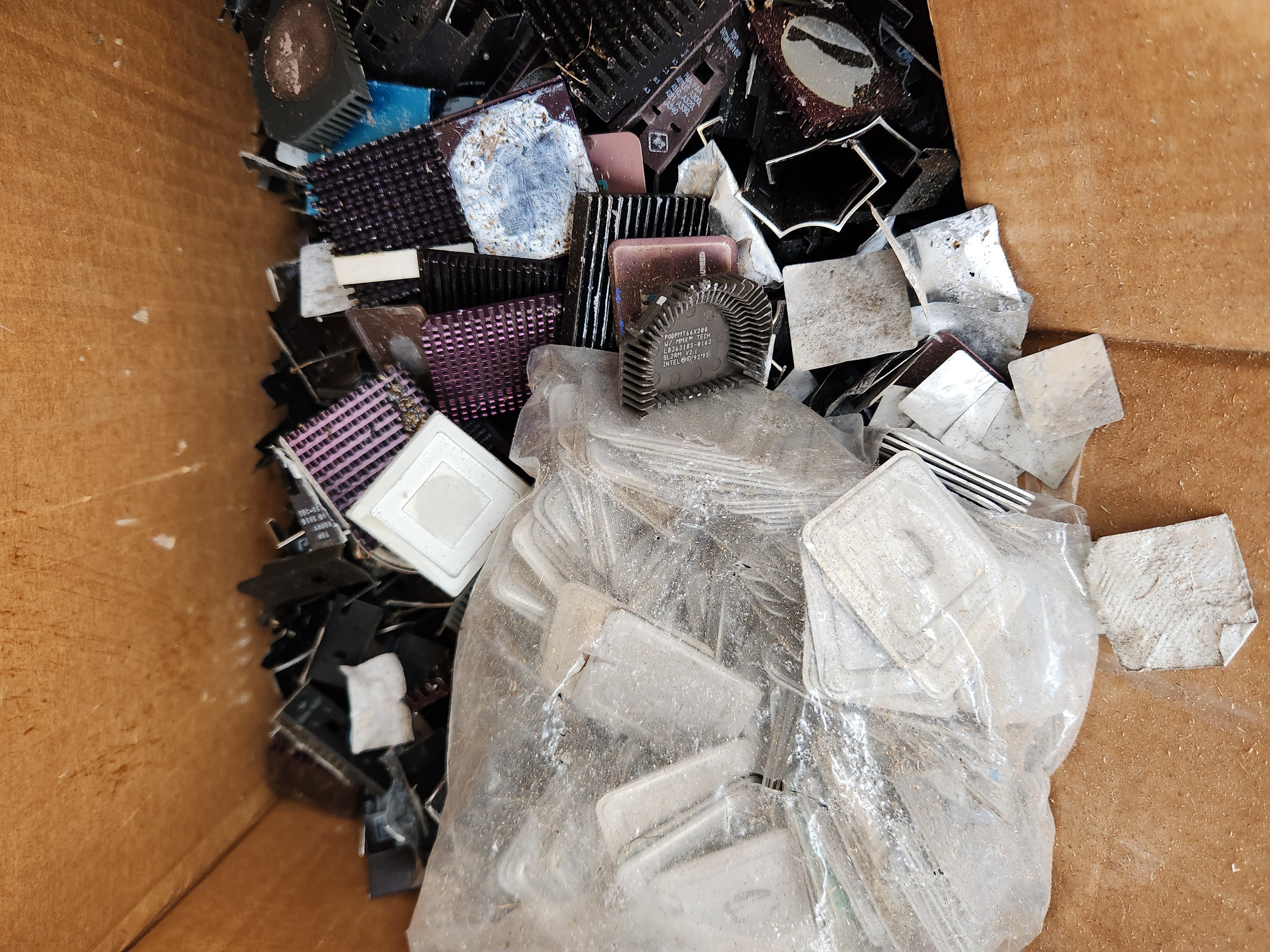vyper
Well-known member
- Joined
- Apr 13, 2012
- Messages
- 52
Im probably be way way wrong here but it sounds like theres some excess copper somehow. When very dilute copper solutions looks a light blue color. When concentrated ammonia is added it turns a violet color as shown in the photo. This is called tetraamminecopper(II) chloride. I dont know if this is what it is but is the only thing I can think of although I dont know why it wouldnt dissolve in nitric. Like I said Im probably wrong but figured Id throw in my dos centavos.
The blue on the left is a dilute copper solution the purple is the color when ammonia is added.
Scott
*edit - typing errors
The blue on the left is a dilute copper solution the purple is the color when ammonia is added.
Scott
*edit - typing errors













































































